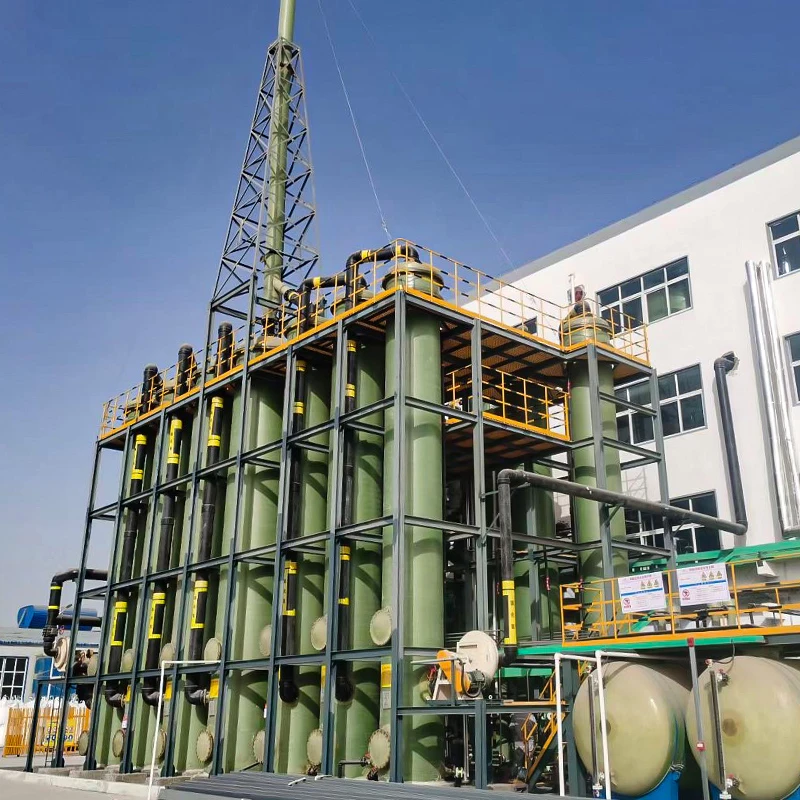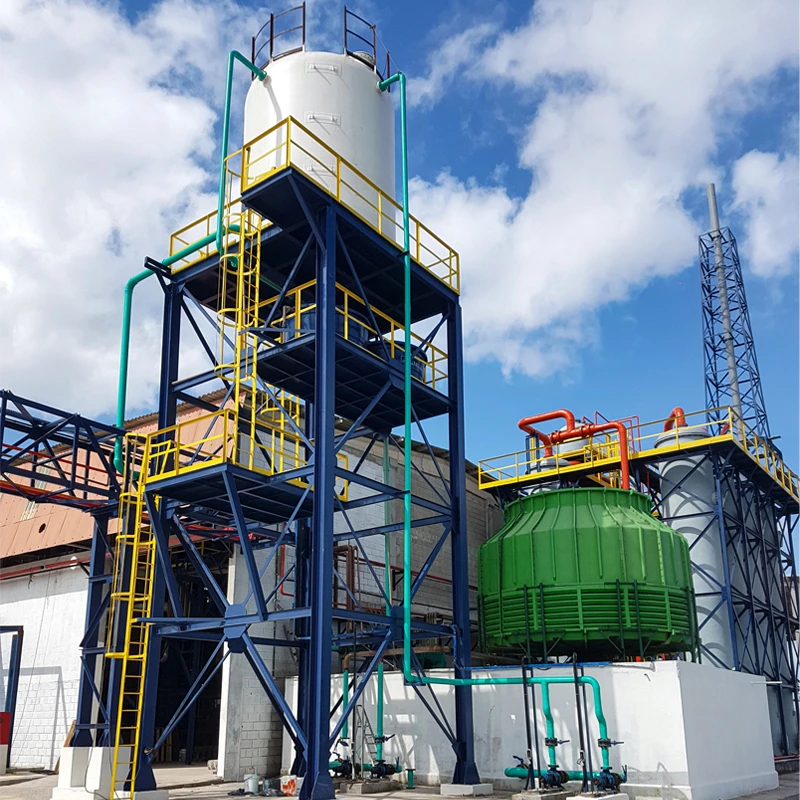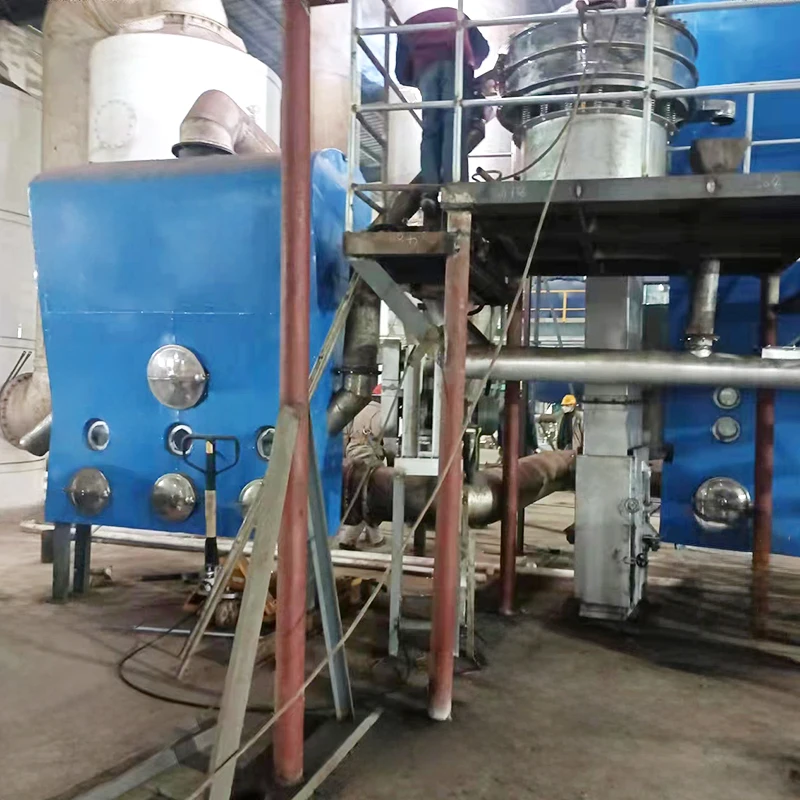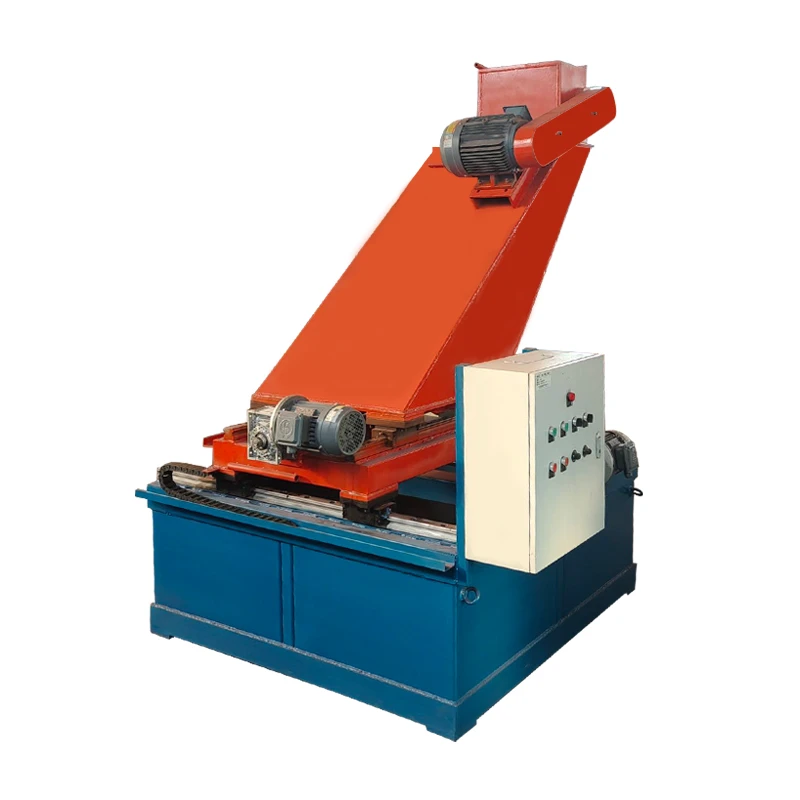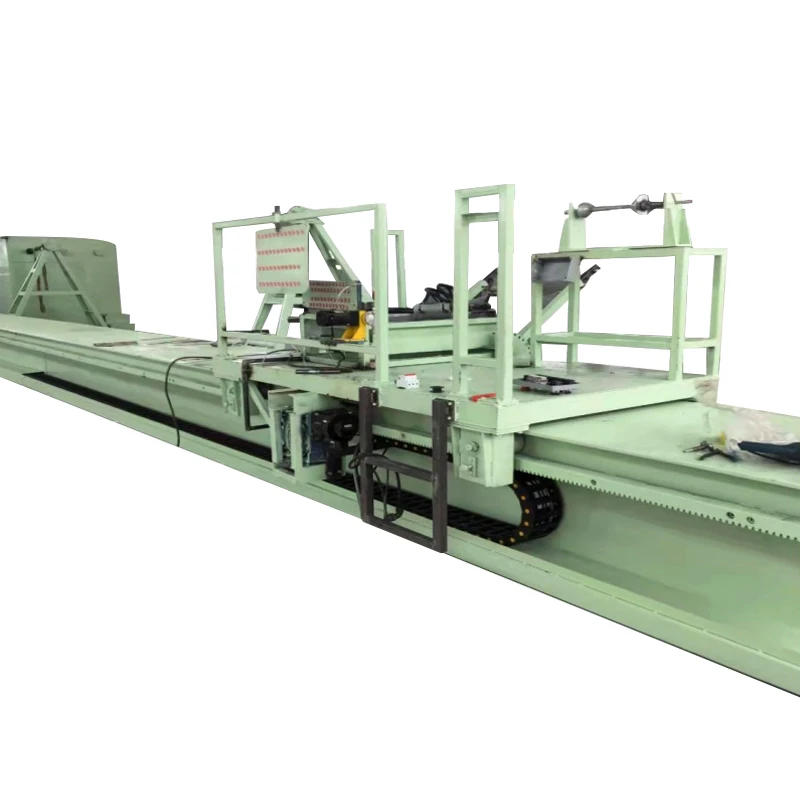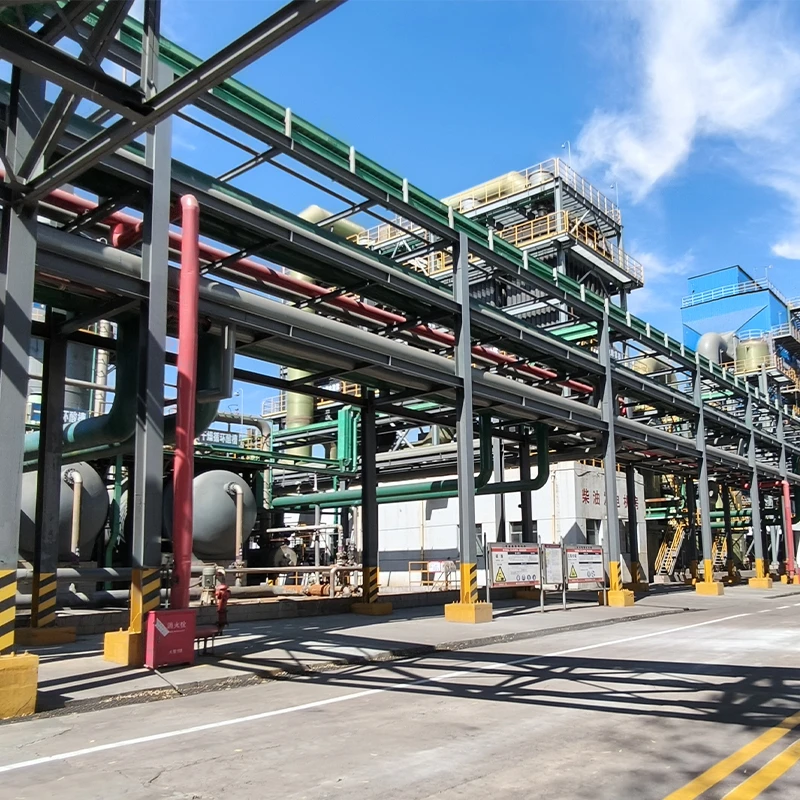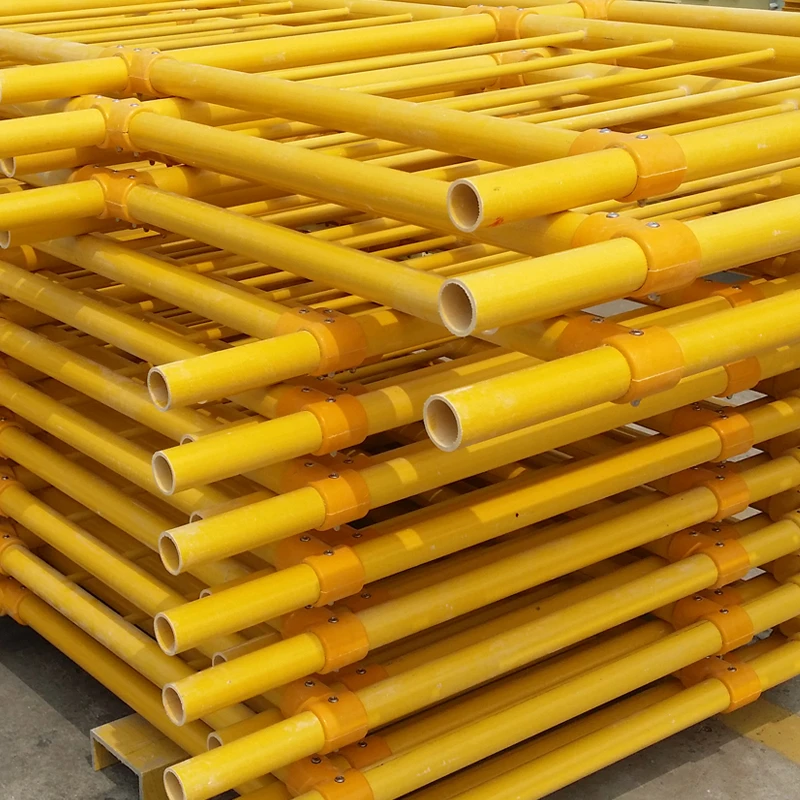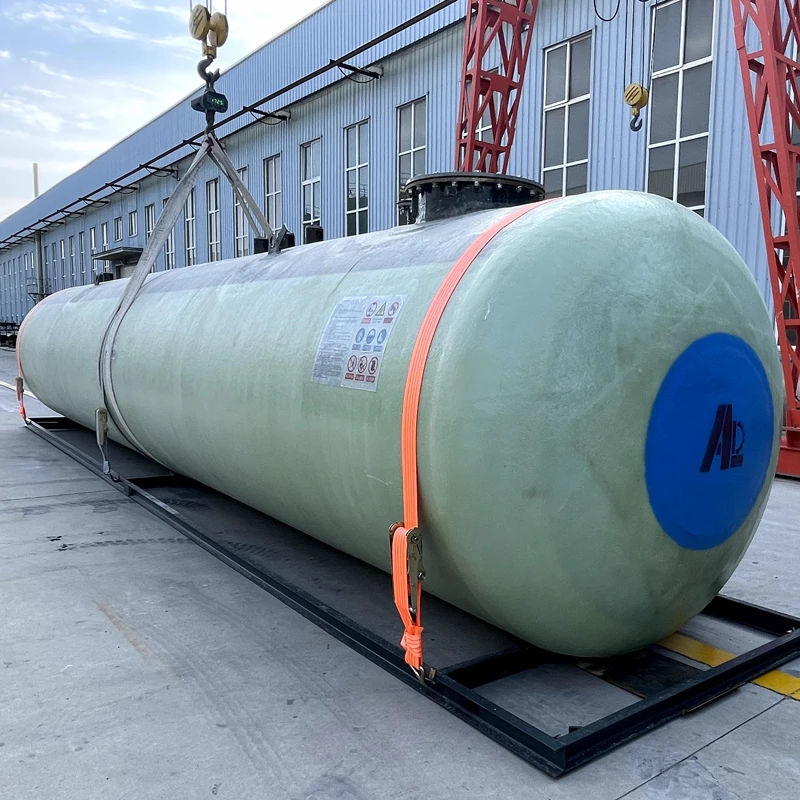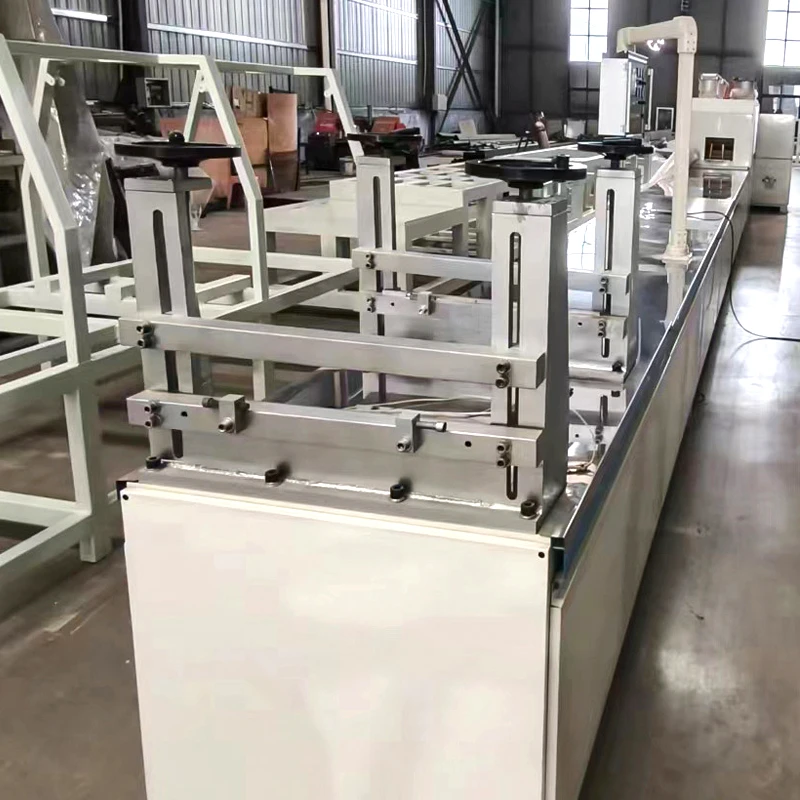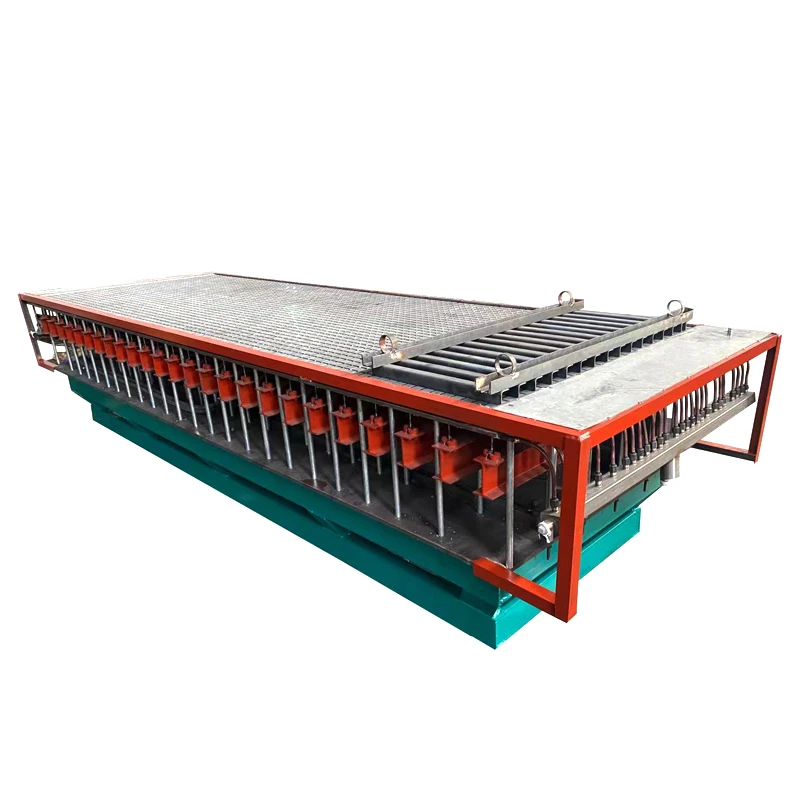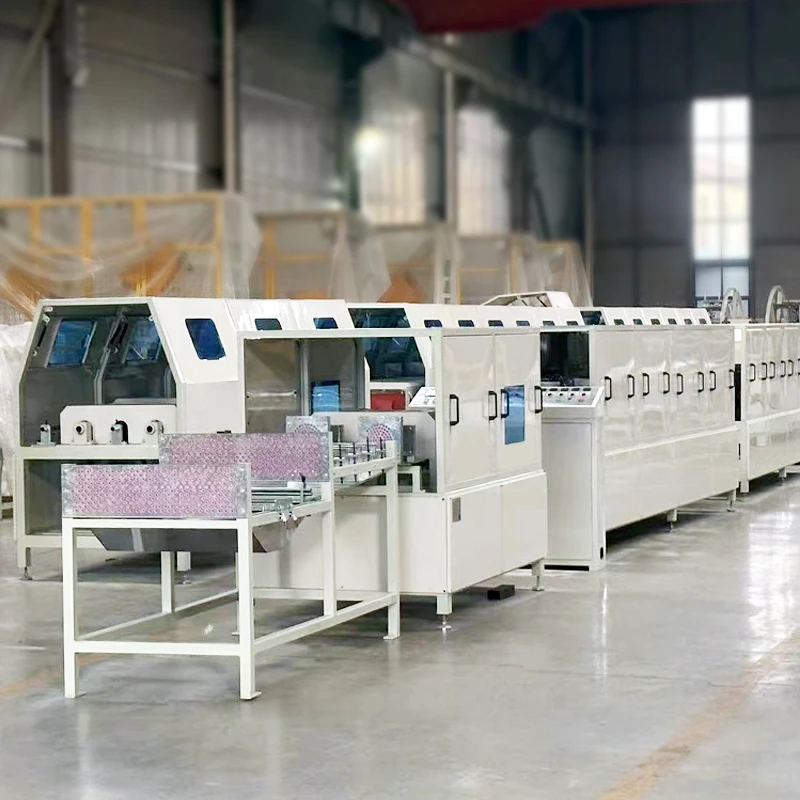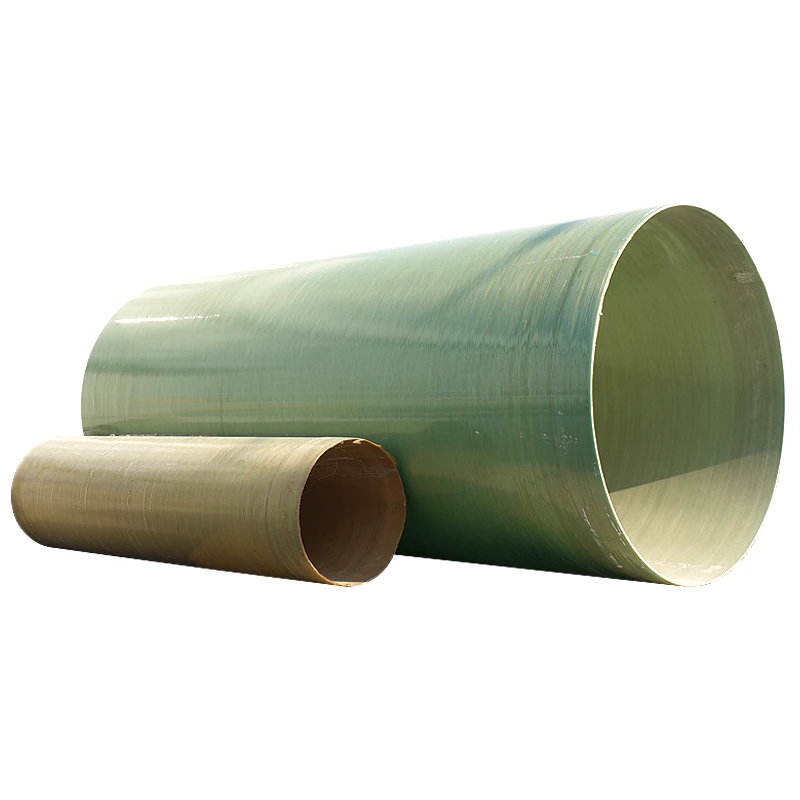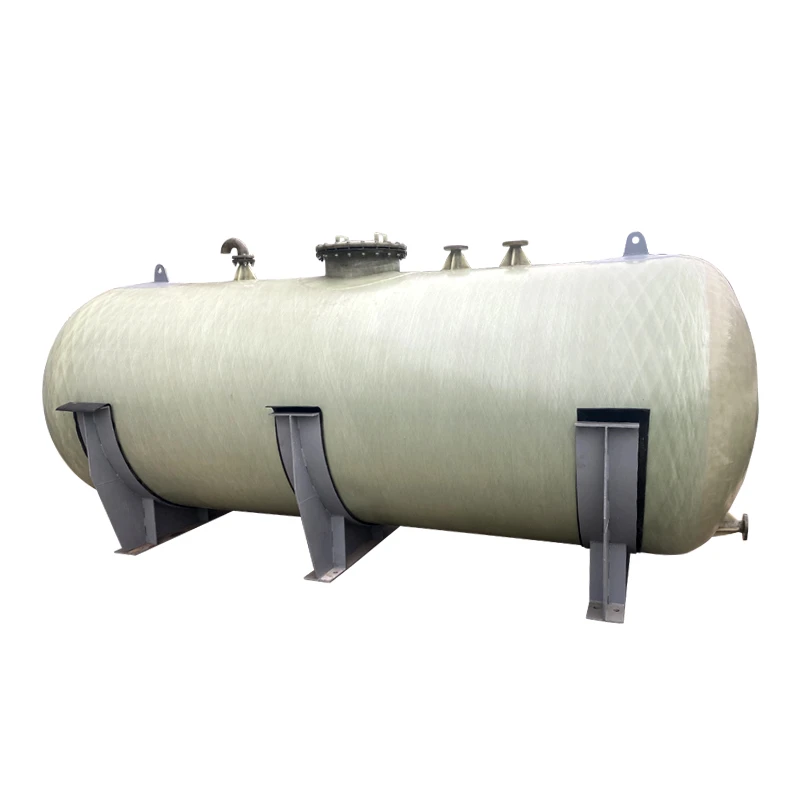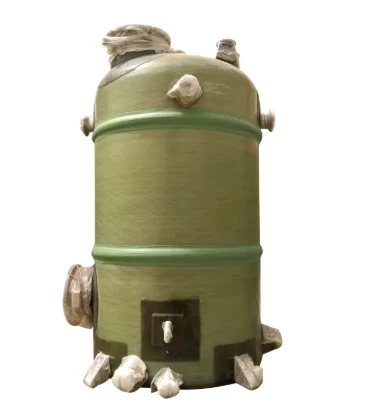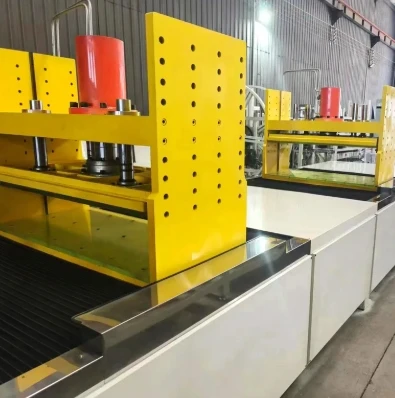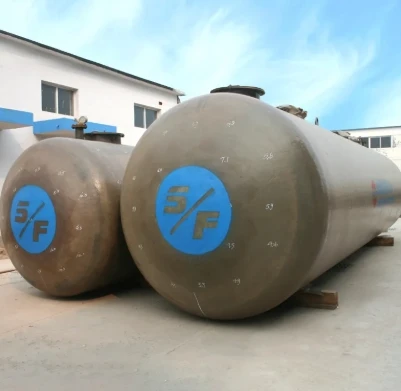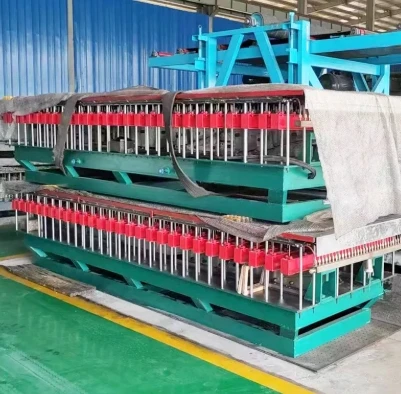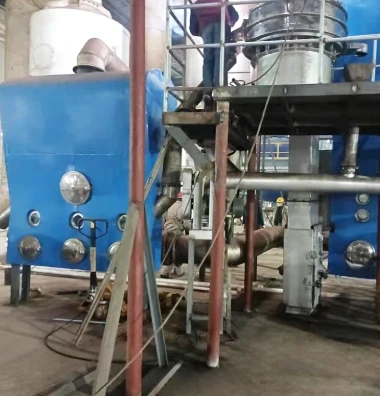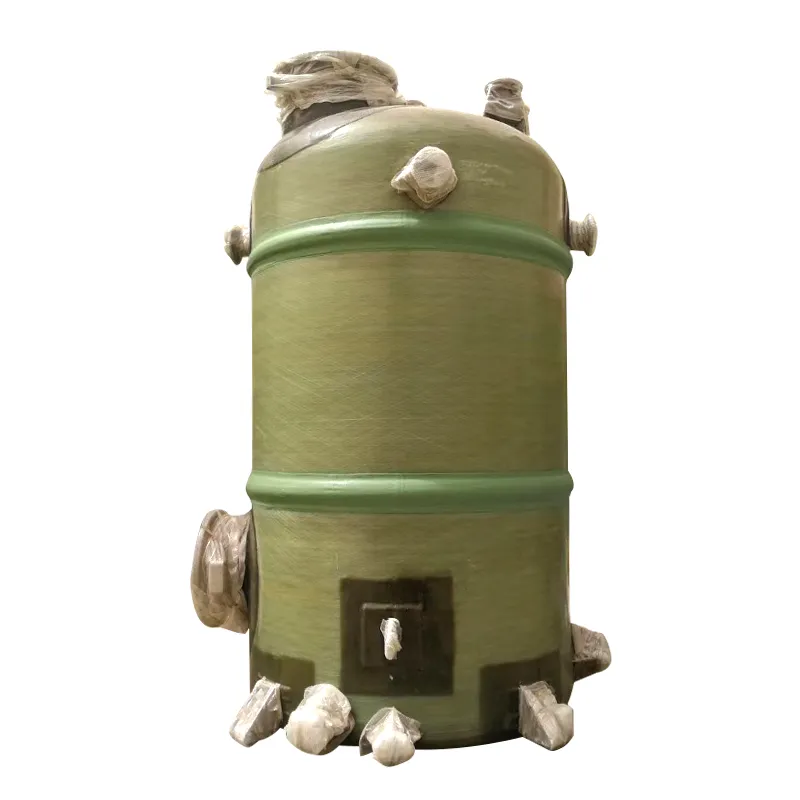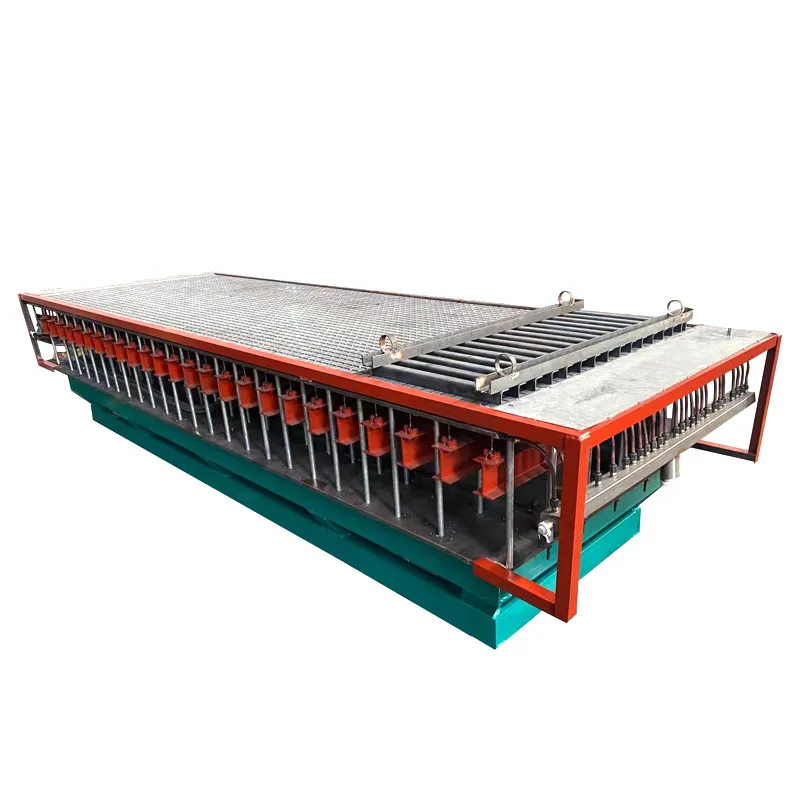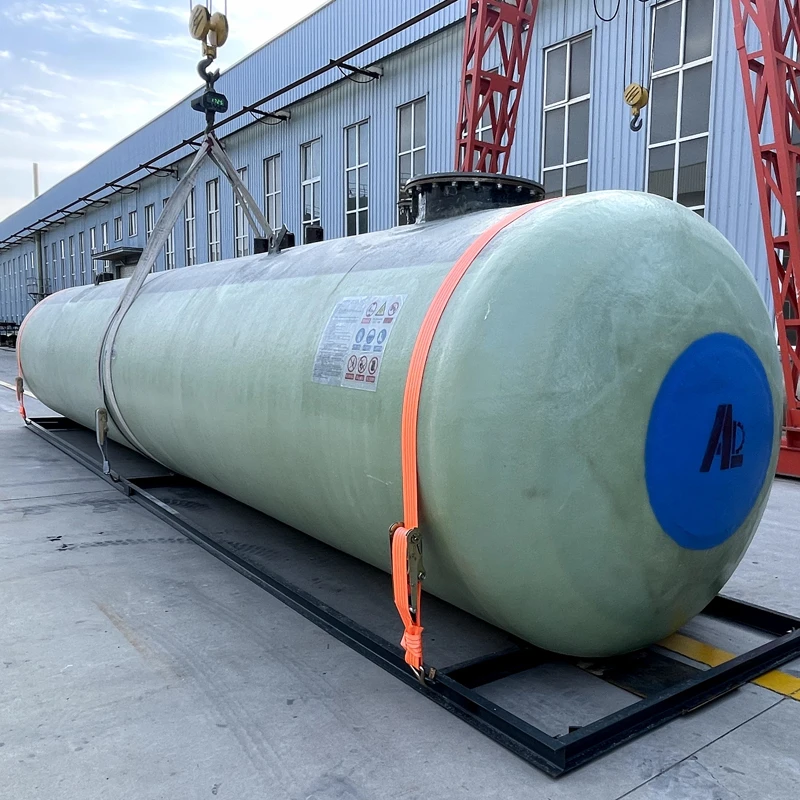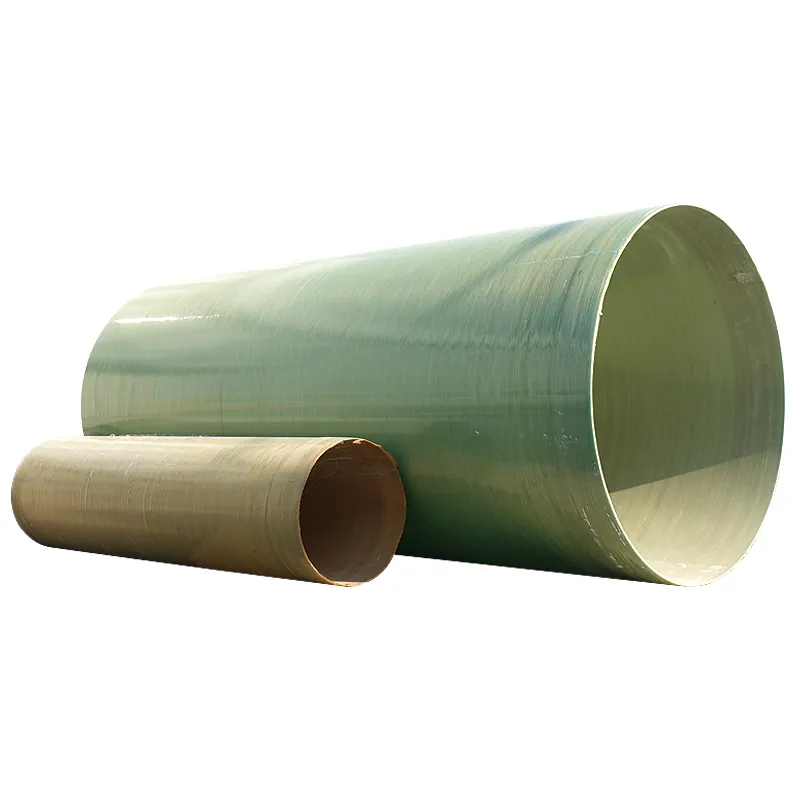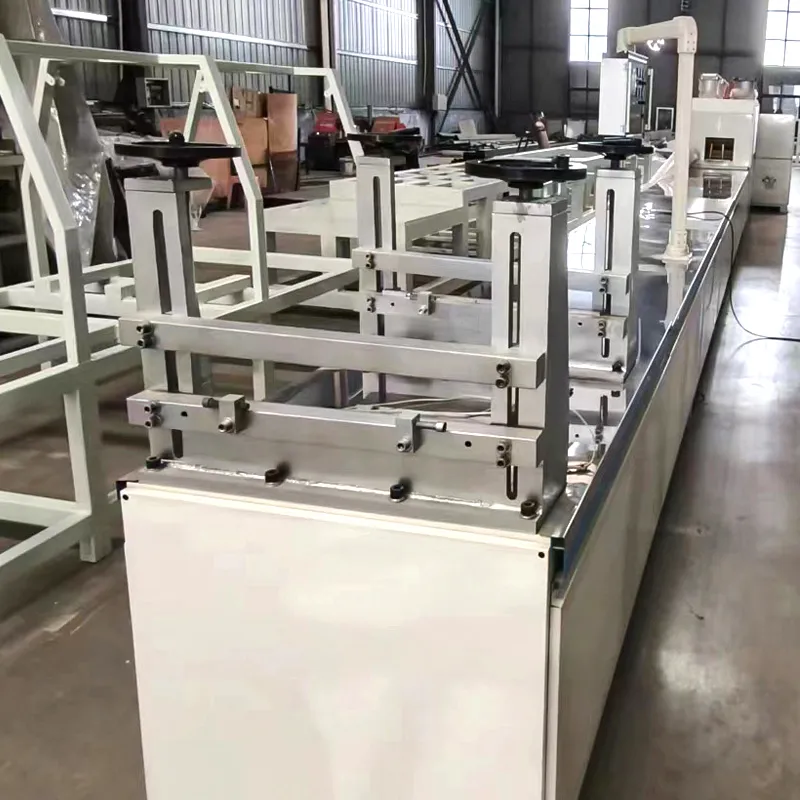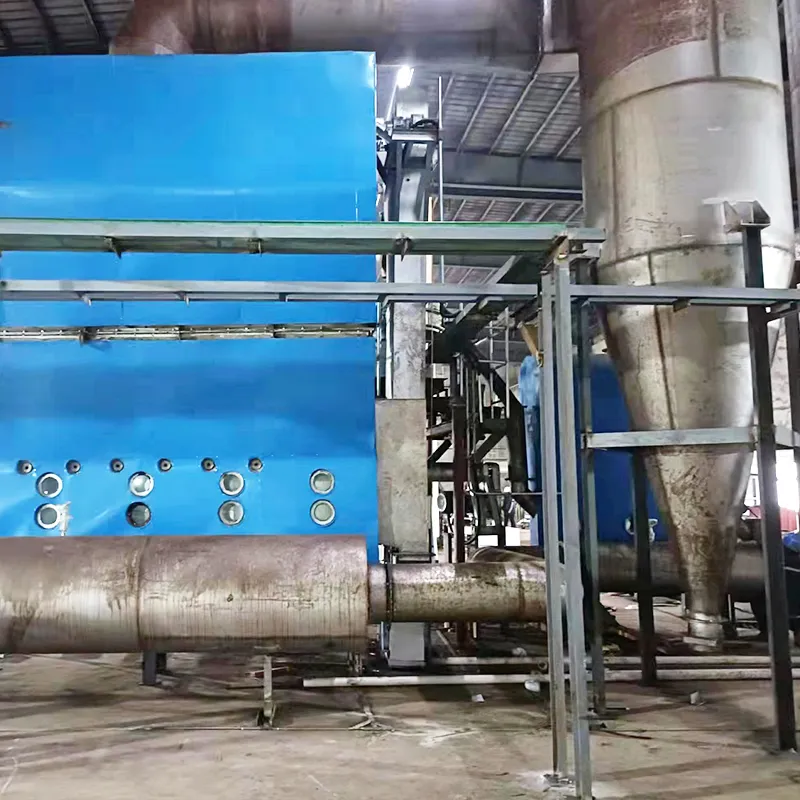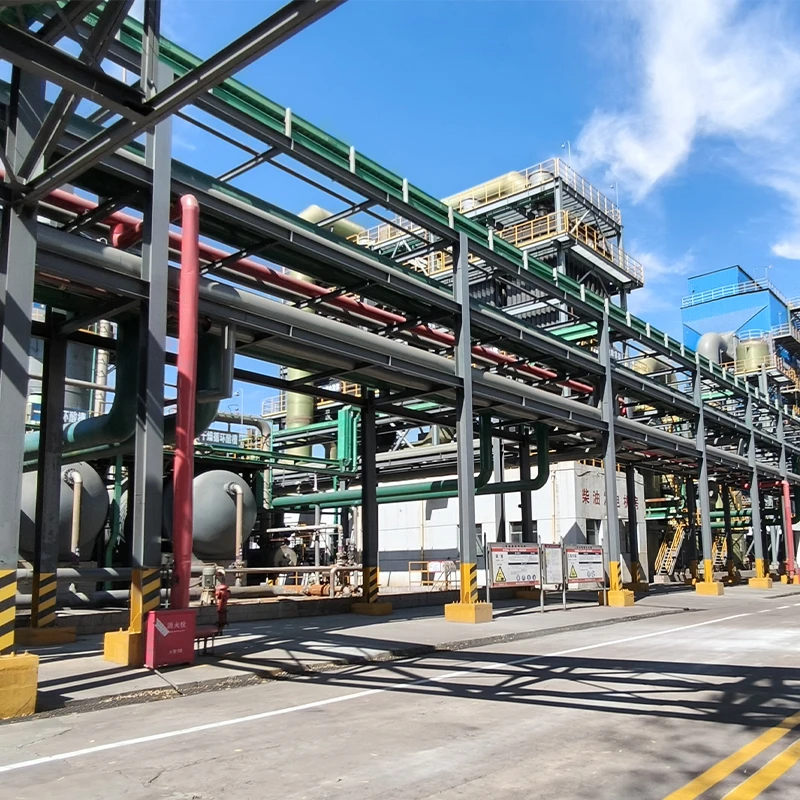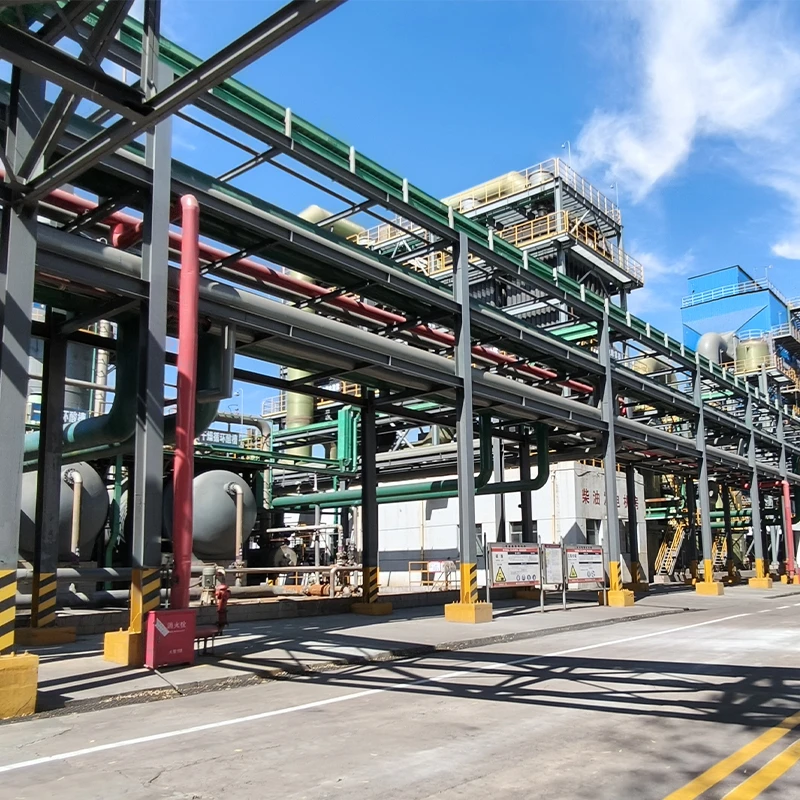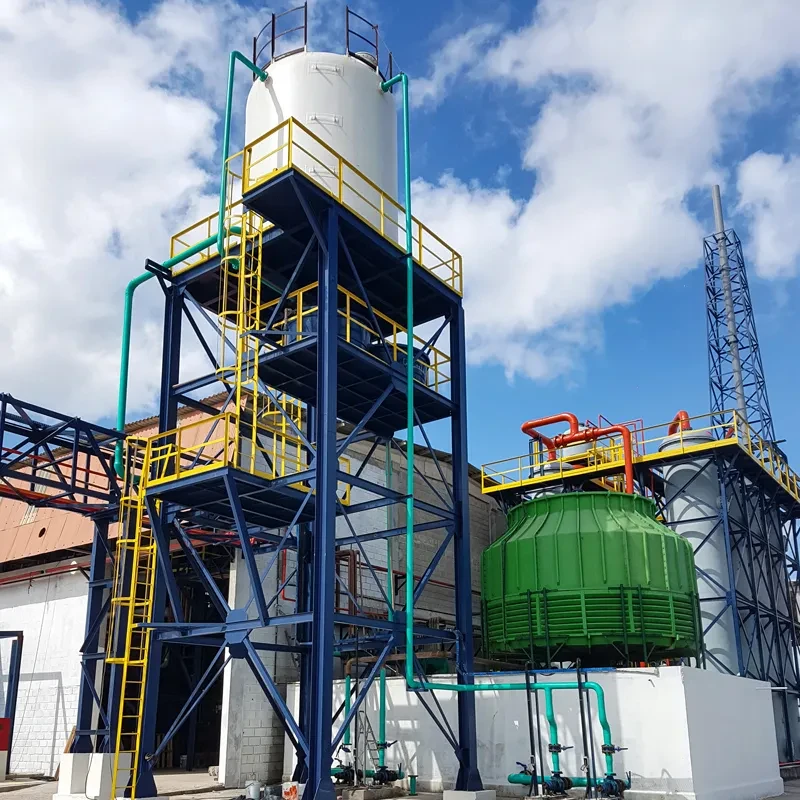Sulfuric Acid Production Line-Hebei Aoliande|Advanced Technology&Industrial Efficiency
Sulfuric acid, a cornerstone of modern industrial chemistry, is essential for producing fertilizers, pharmaceuticals, and various chemical products. The sulfuric acid production line developed by Hebei Aoliande Chemical Equipment Co., Ltd. represents a significant advancement in this field. This article explores the technical specifications, advantages, and applications of this innovative production system, while also highlighting the company's commitment to quality and sustainability.
Product Overview
The sulfuric acid production line is designed to optimize the Mannheim process, a widely used method for manufacturing sulfuric acid. This system integrates advanced engineering solutions to enhance efficiency, reduce environmental impact, and ensure high-quality output. The production line is particularly suited for large-scale industrial applications, offering a reliable solution for chemical manufacturers worldwide.
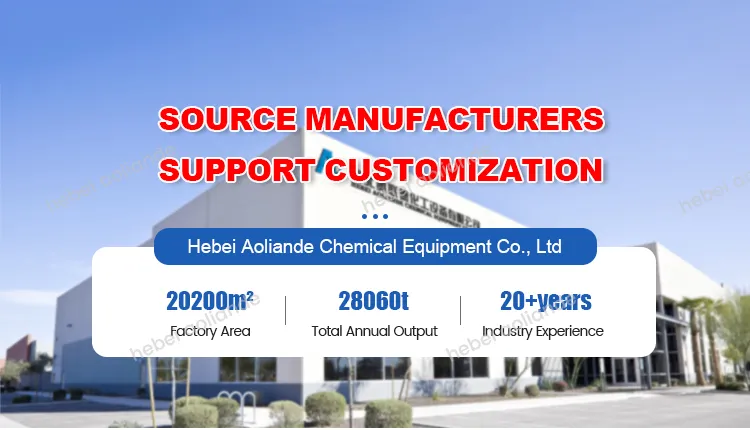
Product Specifications
| Parameter | Specification |
|---|---|
| Production Method | Mannheim Process |
| Raw Materials | Potassium Chloride (KCl) and Sulfuric Acid (H2SO4) |
| Operating Temperature | 600°C+ |
| Energy Consumption | Low (enhanced by improved furnace design) |
| Output Capacity | Large-scale (varies based on system configuration) |
| Environmental Compliance | Waste recovery system for HCl recycling |
| Control System | PLC automatic control for precision and efficiency |
Technical Advantages
Hebei Aoliande Chemical Equipment Co., Ltd. has introduced several innovations to the traditional Mannheim process, resulting in a more efficient and sustainable production line. Key technical advantages include:
- Corrosion-Resistant Materials: Key components are made from special materials that resist corrosion, ensuring long service life and minimal maintenance.
- Waste Recovery System: The system recycles hydrochloric acid (HCl), addressing environmental concerns and reducing waste.
- Enhanced HCl Absorption: Improved absorption technology increases product quality and efficiency.
- Energy-Efficient Design: Optimized flue design and gas generators reduce energy consumption, lowering operational costs.
- Automated Control: PLC systems enable precise control over feedstock ratios, improving consistency and reducing labor costs.
- Stable Operation: The system ensures reliable performance, even under demanding industrial conditions.
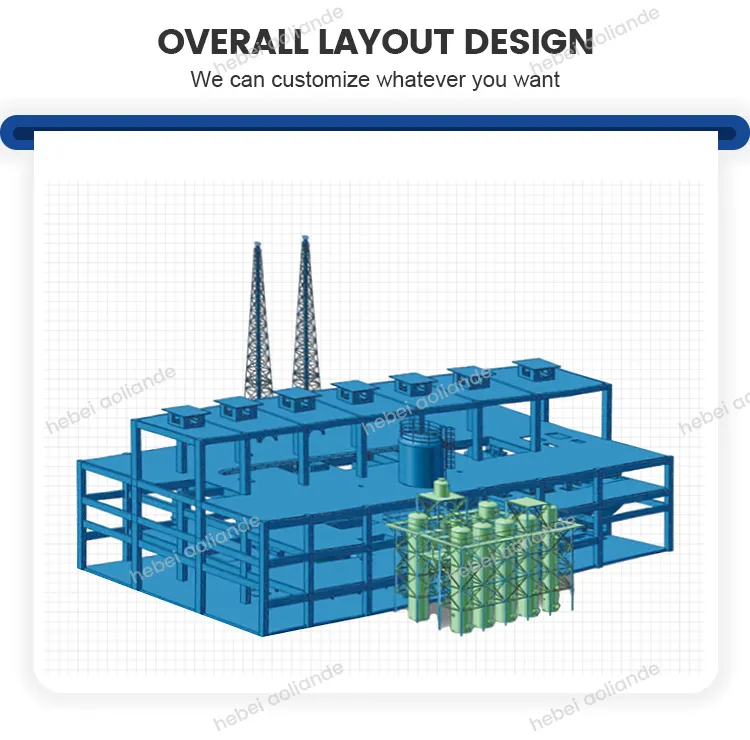
The Mannheim Process Explained
The Mannheim process involves the reaction of potassium chloride with sulfuric acid at high temperatures. This method produces potassium sulfate and hydrochloric acid through a two-step reaction involving potassium bisulfate. Despite its widespread use, the process has faced challenges, including high costs and environmental concerns. Hebei Aoliande's improvements address these issues, making the process more viable for modern manufacturers.
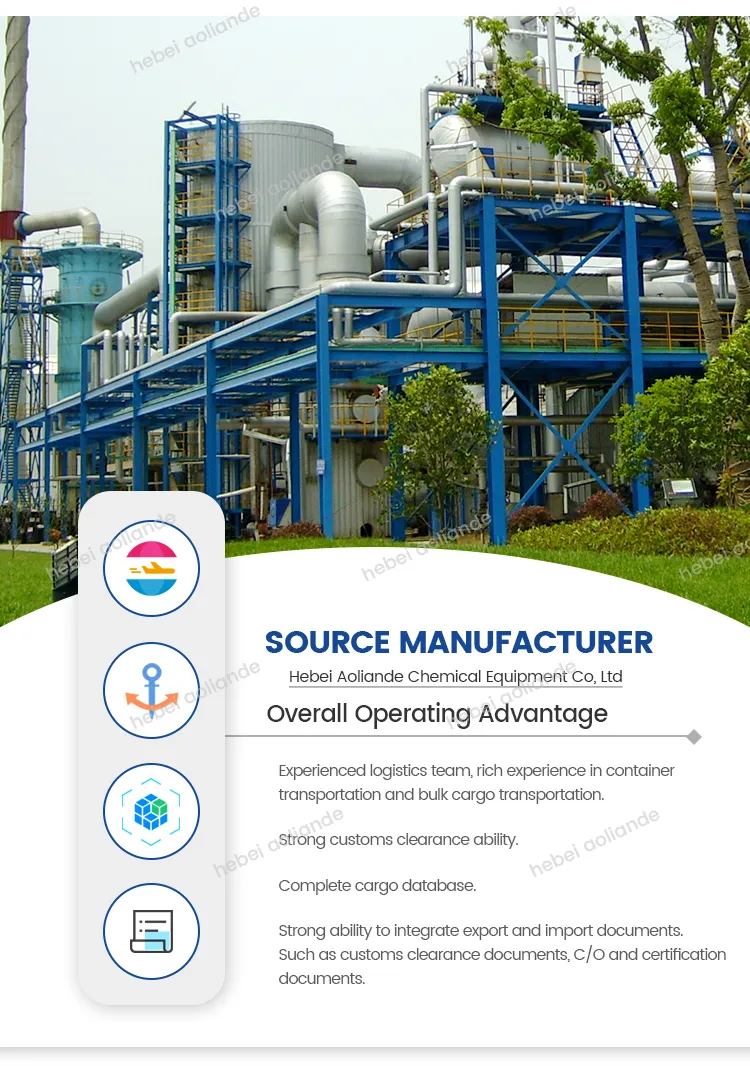
Applications and Industry Impact
The sulfuric acid production line is ideal for industries requiring large quantities of sulfuric acid, such as fertilizer manufacturing, chemical processing, and pharmaceuticals. Its ability to produce high-purity acid with minimal environmental impact makes it a preferred choice for companies seeking sustainable solutions. Additionally, the system's adaptability allows it to integrate seamlessly into existing production facilities, reducing downtime and capital expenditure.
According to the National Institute of Standards and Technology (NIST), advancements in industrial chemistry must align with rigorous standards to ensure safety and efficiency. Hebei Aoliande's production line adheres to these principles, incorporating technologies that meet global benchmarks for chemical manufacturing.
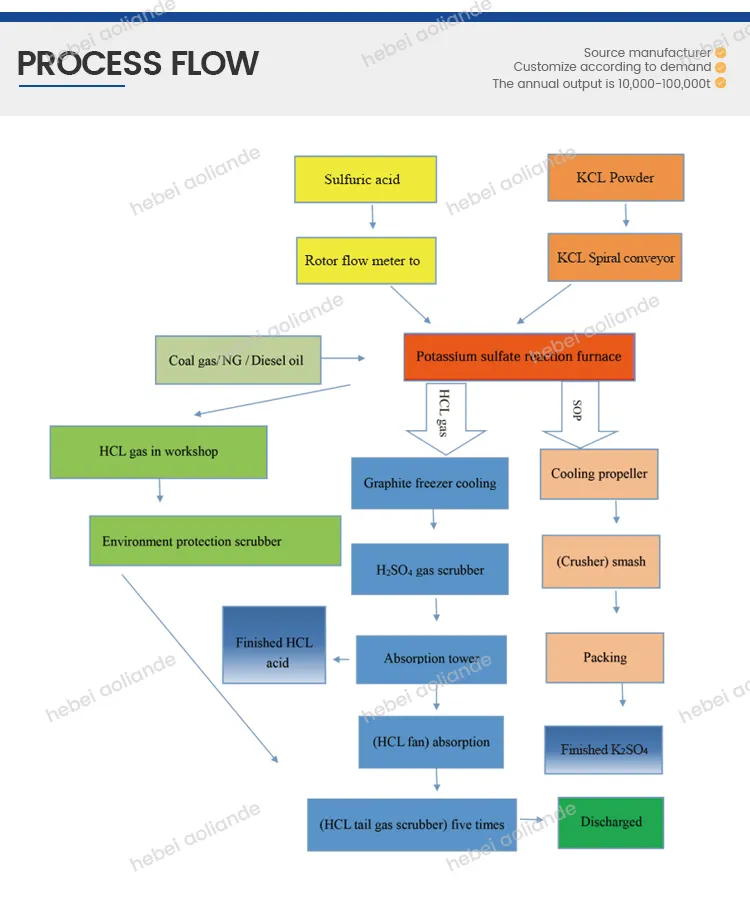
Company Background: Hebei Aoliande Chemical Equipment Co., Ltd.
Hebei Aoliande Chemical Equipment Co., Ltd. is a leading provider of FRP (Fiberglass Reinforced Plastic) solutions, specializing in pipes, storage tanks, and production machinery. The company has established a reputation for innovation, quality, and customer service, with products exported to countries such as the United States, Brazil, Japan, Germany, India, Malaysia, and Egypt.

With over 50 employees and annual sales exceeding $5 million, Hebei Aoliande has consistently delivered reliable solutions for industrial applications. The company's commitment to sulfuric acid plant equipment reflects its dedication to advancing chemical manufacturing technologies.
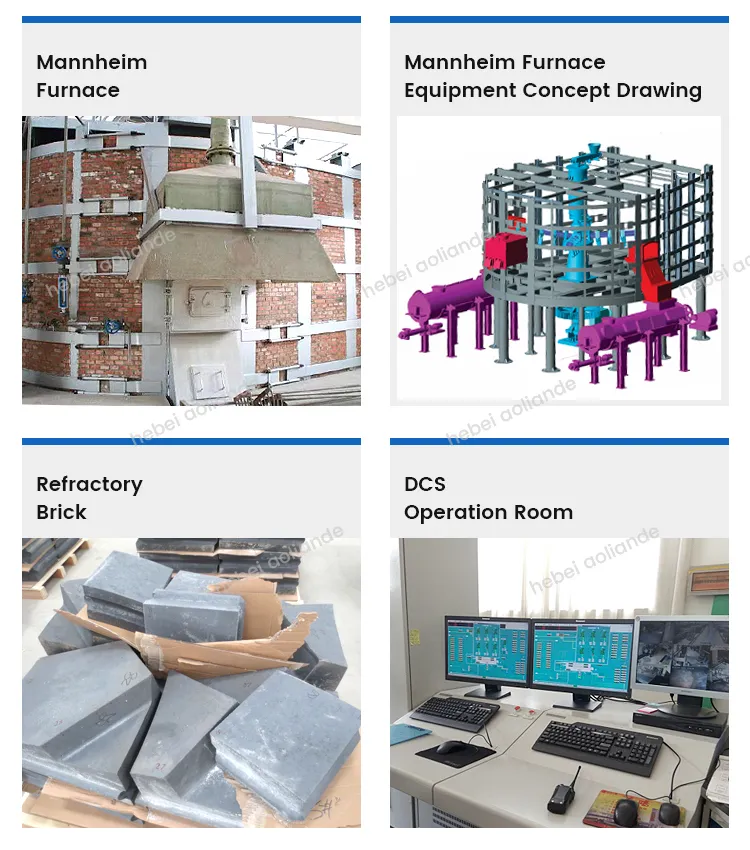
Environmental and Economic Benefits
The sulfuric acid production line is designed with environmental sustainability in mind. The waste recovery system for hydrochloric acid not only reduces emissions but also recycles valuable byproducts, minimizing the overall ecological footprint. Additionally, the system's energy-efficient design lowers operational costs, making it an economically viable option for manufacturers.
According to NIST research on industrial sustainability, technologies that reduce resource consumption and waste are critical for the future of manufacturing. Hebei Aoliande's production line aligns with these goals, offering a model for eco-friendly chemical production.
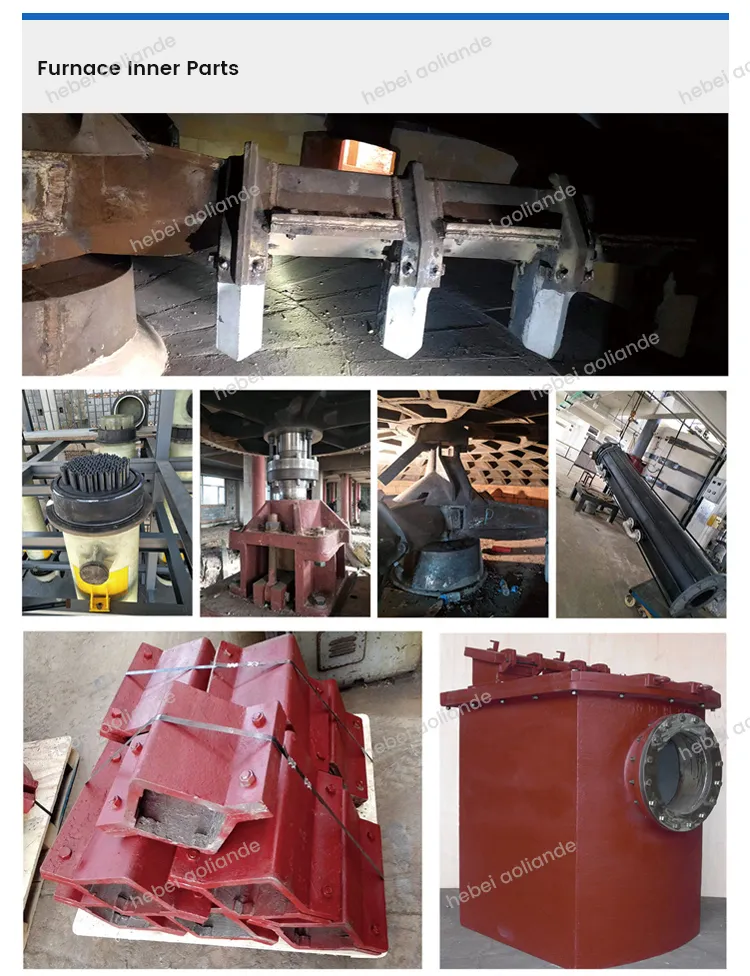
Product Packaging and Delivery
The sulfuric acid production line is packaged to ensure safe transportation and easy installation. Customized packaging solutions are available to accommodate the specific needs of clients, whether they are expanding existing facilities or establishing new production lines. The company's logistics network ensures timely delivery, supporting global operations.

Conclusion
The sulfuric acid production line by Hebei Aoliande Chemical Equipment Co., Ltd. exemplifies the synergy between advanced technology and sustainable manufacturing. By improving the Mannheim process, the company has created a system that enhances efficiency, reduces environmental impact, and meets the demands of modern industry. For businesses seeking reliable and eco-friendly solutions, this production line offers a compelling choice.
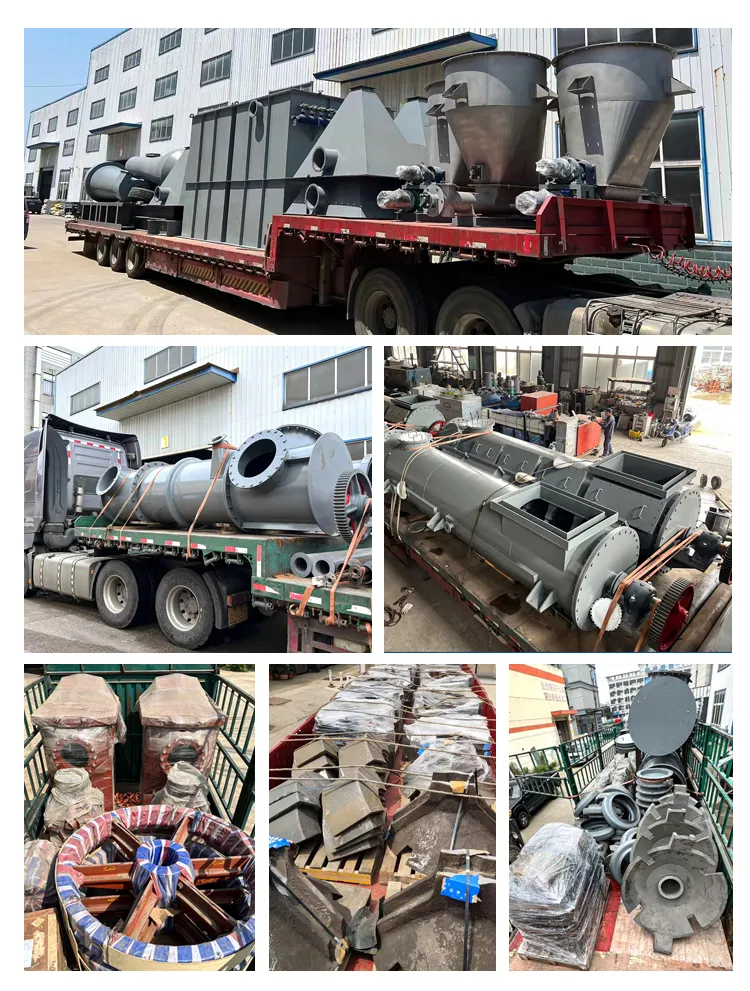
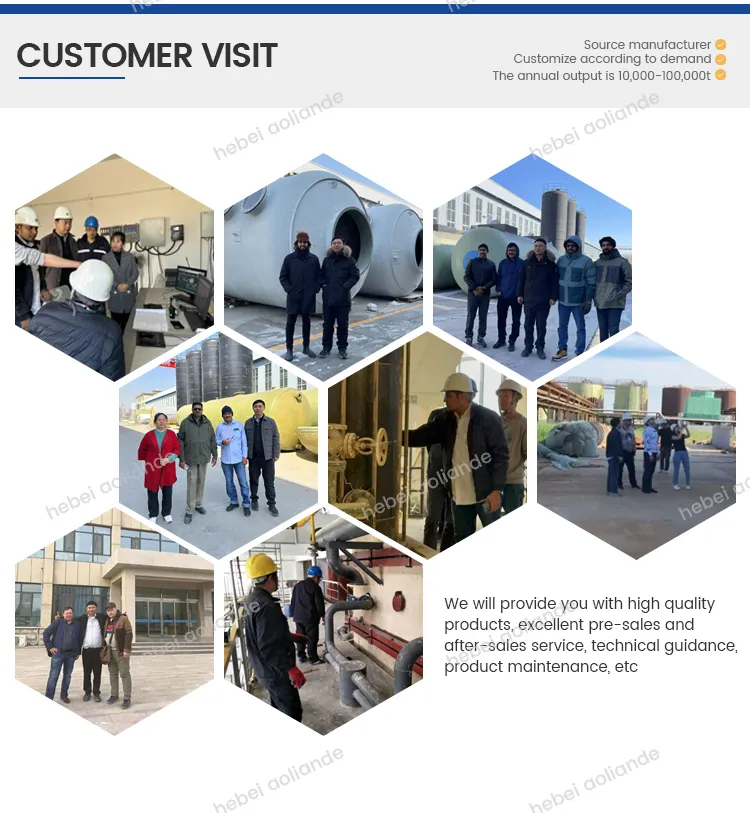
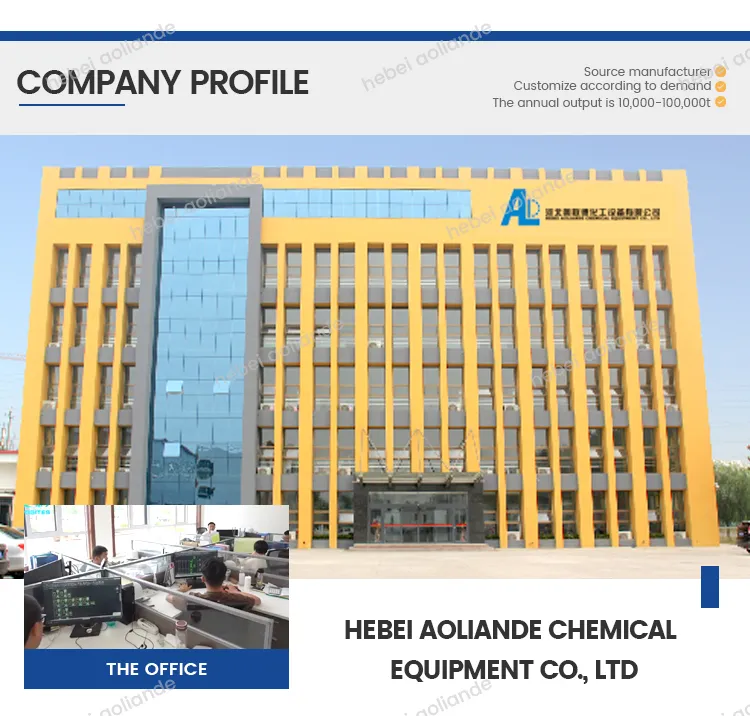
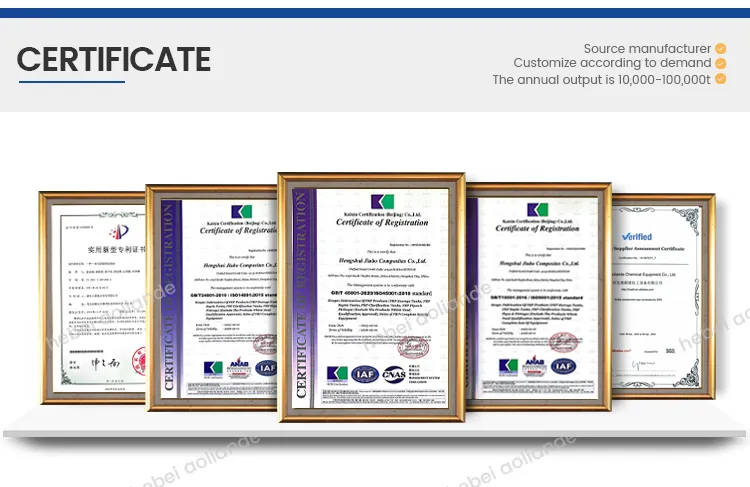
References
National Institute of Standards and Technology (NIST). (n.d.). Driving Innovation. Retrieved from https://www.nist.gov/

